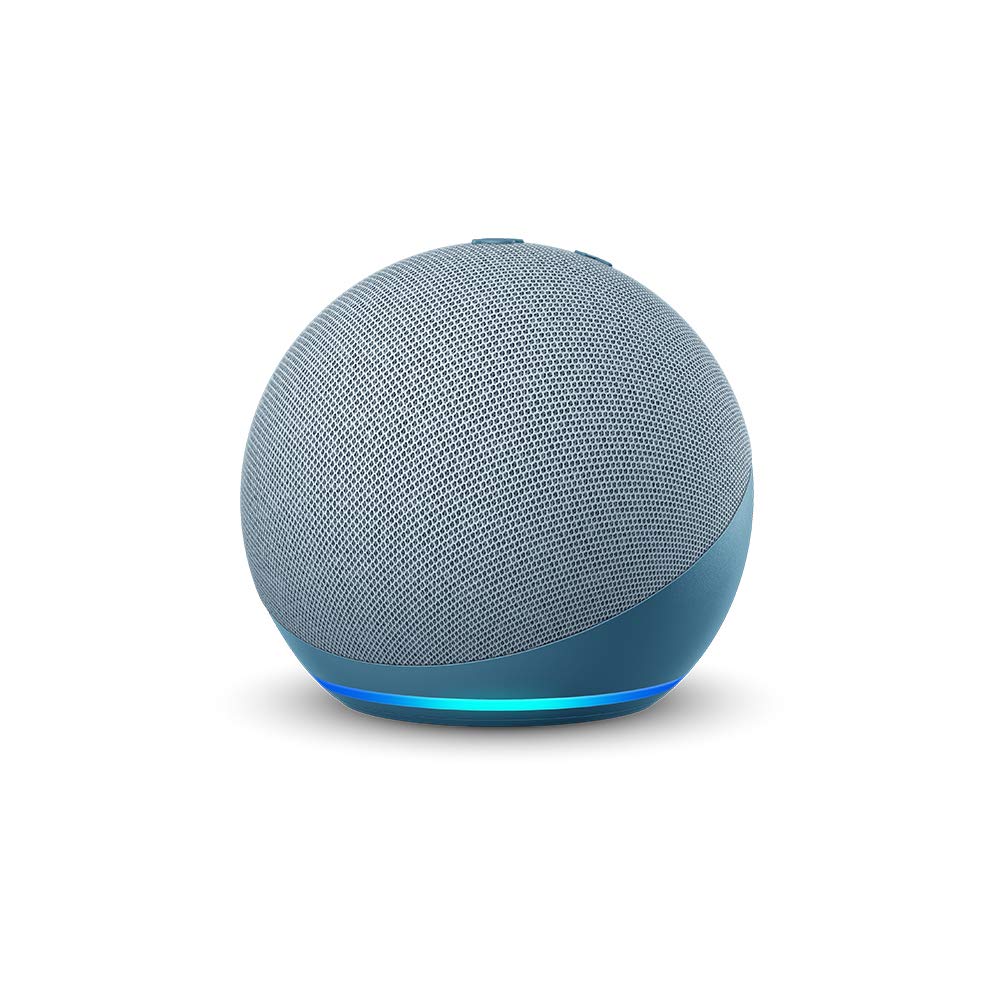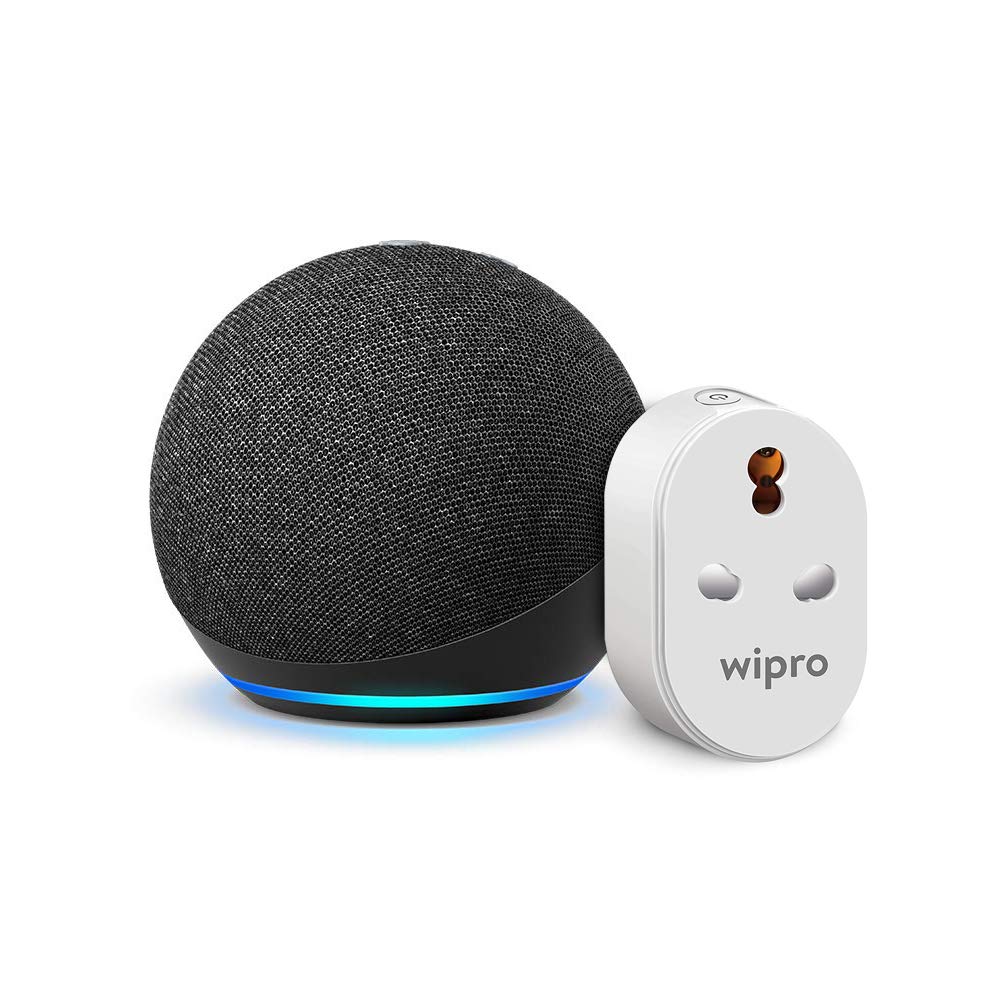Alexa, Google Home, and other smart speakers are taking over the world || Buy On Amazon
In 2017, sales of smart speakers were off the charts — and it’s no wonder why? In addition to the obvious benefits of using voice-activated assistants to play music, make lists, set reminders, and shop on Amazon. smart speakers allow users to connect with their friends and family in entirely new ways — all through voice commands. If you’re considering buying your first smart speaker, or if you already have one but haven’t yet taken advantage of its full potential, here are five ways that smart speakers can change your life.
What is a smart speaker?
Smart speakers (or smart home devices if you want to be all-encompassing) include a variety of popular products. Amazon Echo, Google Home, Apple’s Siri-enabled speaker that doesn’t yet have a name. Each of these has its own specialties: Alexa is good at controlling your smart home and streaming music, Siri is best for sending messages, Cortana is Microsoft’s product for folks who prefer Windows 10 but also works on iOS and Android systems. Samsung recently entered the field with Bixby. There are also smaller versions of these devices that work as glorified alarms or reminders. Smart speakers start around $50 but can go up to $200 or more depending on features like screen size or better audio quality.
Echo Dot Smart speaker with Alexa (Blue)
Key Features Echo Dot Smart speaker with Alexa (Blue)
- Echo Dot is a smart speaker that can be operated by voice – even from a distance. Alexa can speak both English & Hindi, and new features are added automatically.
- Echo Dot (4th Gen) has a new spherical design and improved bass performance compared to Echo Dot (3rd Gen).
- Hands-free music control: Stream millions of songs in your favorite language from Amazon Prime Music, Spotify, JioSaavn, Gaana, or Apple Music.
- use Echo Dot as a standalone speaker or connect it to other speakers/headphones to enjoy audio on your favorite devices. Or simply pair your phone with Echo Dot and use it as a Bluetooth speaker.
- It is simple to make your home smart and use voice to control lights. Extend this experience to other appliances like ACs, TVs, geysers using smart plugs.
- Voice makes everything simple: Just ask Alexa to easily pay your bills, get news, weather, cricket scores, nursery rhymes and stories.
The first half of 2019 – what’s happening in India?
Smart speaker sales in India grew by 150% year-on-year to reach 1.5 million units during Q1 2019. The key driver behind that growth was Amazon’s Alexa (55%) whose popularity soared as more devices were introduced and sold. This also meant that Alexa’s market share increased from 41% in Q4 2018 to 56% at end of Q1 2019. Currently, seven out of every 10 customers who purchase a smart speaker in India opt for an Amazon device.
Also Read – A Guide to Buying a Water Heater
The second half of 2019 – what’s happening in India?
Amazon India’s growth is not limited to Alexa. According to a report by CMR published in June 2018, Amazon India shipped around 10 million smart speakers in FY2018; that’s almost as many units as were shipped by US-based Amazon (21 million) during FY2018. In comparison, only about 9 million smart speakers shipped worldwide in all of 2017 according to IDC. That’s an incredible increase in volume and an even more incredible leapfrogging over competitors like Alibaba (only 3M+ shipments), Apple (2M+ shipments), Google (less than 1M units), etc… Combined, they would still trail behind Amazon India.
what’s going to happen?
From South Korea to Germany to India, 2016 saw a surge in connected speaker sales. The trend is going to continue in 2017 with another projected 15% increase in shipments compared to last year. Interestingly enough, it’s not just tech enthusiasts buying them — they’re purchased by everyone from grandparents who want to look up song lyrics on YouTube (and they don’t know how) to college students looking for a smarter alarm clock than their smartphone. But why are these devices so popular? And what do people do with them? By 2022, we expect that at least 20% of all households will have a smart speaker installed somewhere inside of it – whether that be their living room or kitchen.
Echo Dot (4th Gen, Black) bundle with Wipro 16A smart plug
Key Features Echo Dot (4th Gen, Black) bundle with Wipro 16A smart plug
- Control your lights using voice, or control them remotely away from home.
- Echo Dot 4th Gen is our most popular smart speaker now comes in a refreshed design and delivers loud, crisp sound with powerful bass.
- Stream music from Amazon Prime Music, Saavn, and Gaana – just ask for a song, artist, or genre.
- Pair with a second Echo Dot for rich, stereo sound. Fill your home with music with compatible Echo devices across different rooms.
- Connect to you own speakers over Bluetooth or with a 3.5mm audio cable.
- Ask Alexa to play music, answer questions, read the news, check the weather, set alarms, control compatible smart home devices, and more.
- Echo Dot is designed around your privacy. You can press the microphone off button to disconnect the microphones.
The fight against Apple, Google, Amazon and Microsoft
While Apple has led in terms of smart speaker sales, it is estimated that Amazon’s Alexa owns 61% of the market with its various iterations. This can be attributed to several factors. Firstly, Amazon launched its Echo range of products in India much earlier than its competitors. But more importantly, because Alexa was available on devices like smartphones and tablets at a time when only Android phones were prevalent in India. Also, Amazon’s offline presence through Fulfillment by Amazon (FBA) ensures that orders are fulfilled promptly without any shipping hassles for customers across geographies.
Conclusion
Connected devices like Amazon’s Alexa or Google’s Home are becoming more popular every day. According to eMarketer, there will be an estimated 43 million people with a voice-enabled speaker in their homes by year-end. The company said that it expects that number to jump to 50 million in 2018. That means consumers will have 2.6 times as many of these devices in their homes in just one year’s time. And we’re not talking about robots that listen for simple commands, either; these devices serve as hubs for much more than just music (although music is still important). These connected products act as smart home assistants and streaming services, home entertainment centers, and digital personal assistants.

